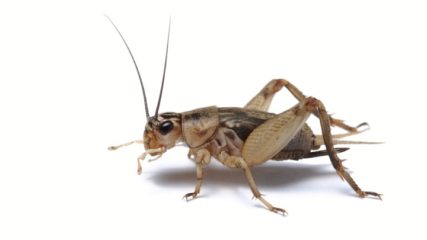Dolbear’s Law

Dolbear’s law states the relationship between the air temperature and the rate at which crickets chirp. It was formulated by Amos Dolbear and published in 1897 in an article called “The Cricket as a Thermometer”.Dolbear’s observations on the relation between chirp rate and temperature were preceded by an 1881 report by Margarette W. Brooks, although this paper went unnoticed until after Dolbear’s publication.
Dolbear did not specify the species of cricket that he observed, although subsequent researchers assumed it to be the snowy tree cricket, “Oecanthus niveus“. However, the snowy tree cricket was misidentified as O. niveus in early reports, and the correct scientific name for this species is Oecanthus fultoni.
The chirping of the more common field crickets is not as reliably correlated to temperature—their chirping rate varies depending on other factors, such as age and mating success. In many cases, Dolbear’s formula is also a close enough approximation for field crickets.
Dolbear expressed the relationship as the following formula, which provides a way to estimate the temperature TF in degrees Fahrenheit from the number of chirps per minute N60:
for the full explanation, I am suggesting Wikipedia’s original article
and you may like this excerpt